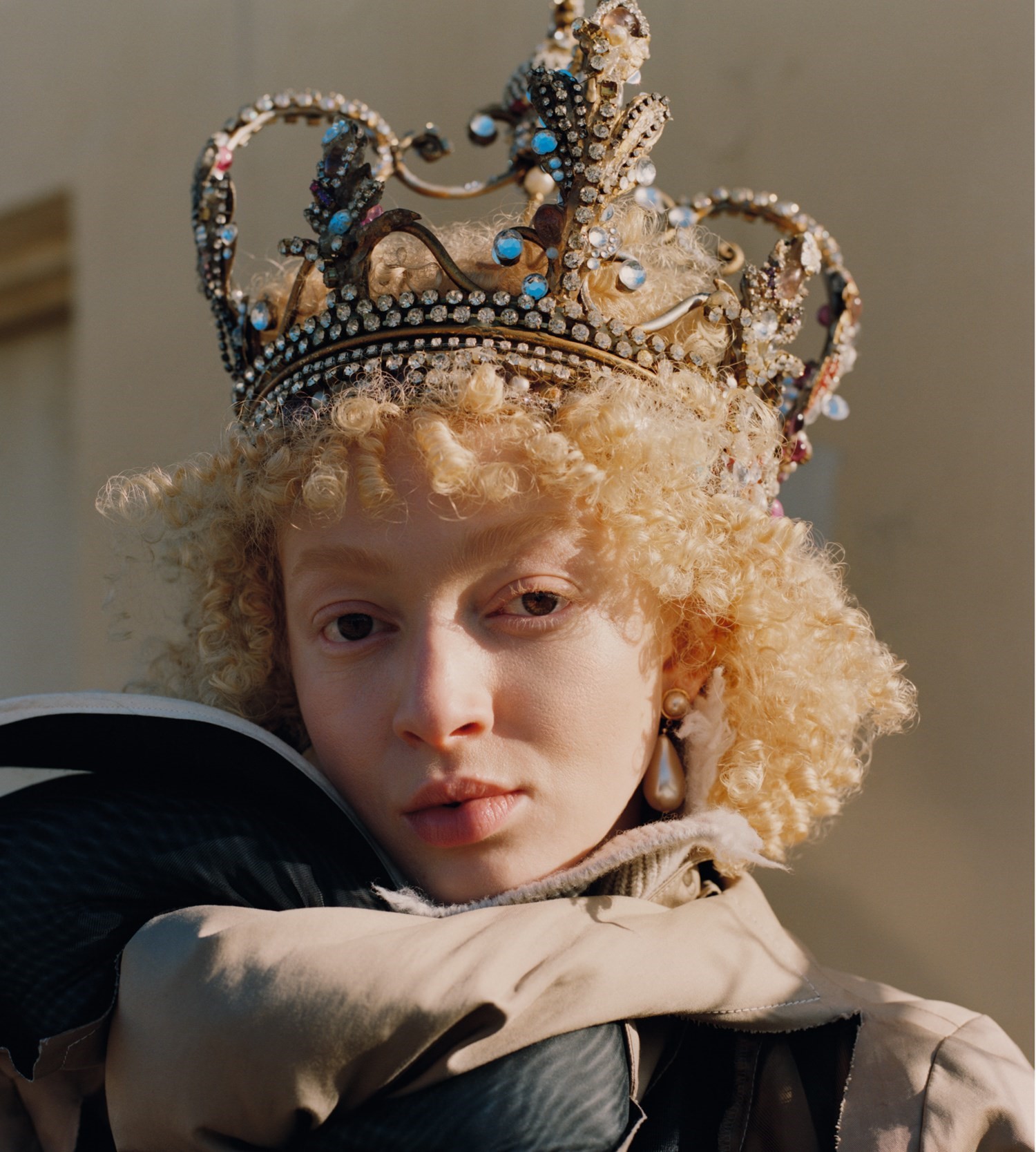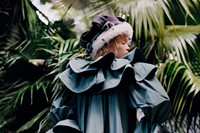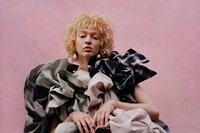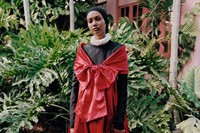On October 5, 2015, I replied to an email from a then totally unknown photographer named Tyler Mitchell. He’d sent over some photographs from a book he was about to self-publish (El Paquete) and asked for my feedback. What started as stiff business-like correspondence, very quickly spiralled into him visiting the Dazed Old Street offices on a well-timed trip to London for Tyler. I interviewed him for a feature on Dazed about the book, and, despite it being three years before he’d call to announce, “Ashleigh, I’m on the Shade Room!” for his history-making cover with Beyoncé for US Vogue, I knew then that Tyler possessed a magic many people don’t.
Watching as he refined his creative universe – what he calls a “self-contained black utopia” – Tyler’s work, and name, picked up pace. Each time, I’d say to him: “This is a moment. This is game-changing,” and it would be. It’s this pace that steered him to shoot for fashion’s biggest names, from Marc Jacobs and Givenchy to that Vogue cover. When Tyler sat me down over pizza to tell me he was going to photograph the September 2018 issue’s cover, I actually guessed it. He was shocked but it felt obvious that was his next move: to shoot the biggest name in the world for the biggest magazine in the world – and, of course, make history while doing so.
With a deep drive for research, Tyler’s work adds to a black lineage of artists such as Kerry James Marshall and Arthur Jafa, both of which he pays homage to with his works. He creates a space where black people, specifically young black people, can see themselves reflected. As a nascent photographer, Tyler was energised by Ryan McGinley and Larry Clark’s depictions of the freedom of youth, but he also didn’t see himself or his existence reflected within those images. So he made his own.
One of the earliest conversations I had with Tyler about his creative process was when he expressed the desire to have the same freedoms in public spaces as white males do. Three years on, that wish has manifested in the two video installations debuting at his first solo show, I Can Make You Feel Good, which launches at Foam Fotografiemuseum Amsterdam on April 19. Idyllic Space elevates mundane suburban freedoms that most of us take for granted, as young black men indulge in leisurely activities such as skateboarding and eating ice cream, whereas Chasing Pink, Found Red utilises crowdsourced audio to tell stories of black microtrauma in daily life as a group of young people picnic together.
The exhibition is completed with a retrospective body of photography – from portraits of Beyoncé to Stephan James and KiKi Layne – the stars of Barry Jenkins’ If Beale Street Could Talk – fashion editorials, and friends and adopted family. Deliberately shifting away from politics placed on the black body, Tyler instead chooses to centre black optimism, community, and freedom.
As the show prepares to launch tomorrow, I spoke with Tyler about the importance of creating images with layers, the reality of representation in fashion and art, and why this show means closing a chapter in his career.
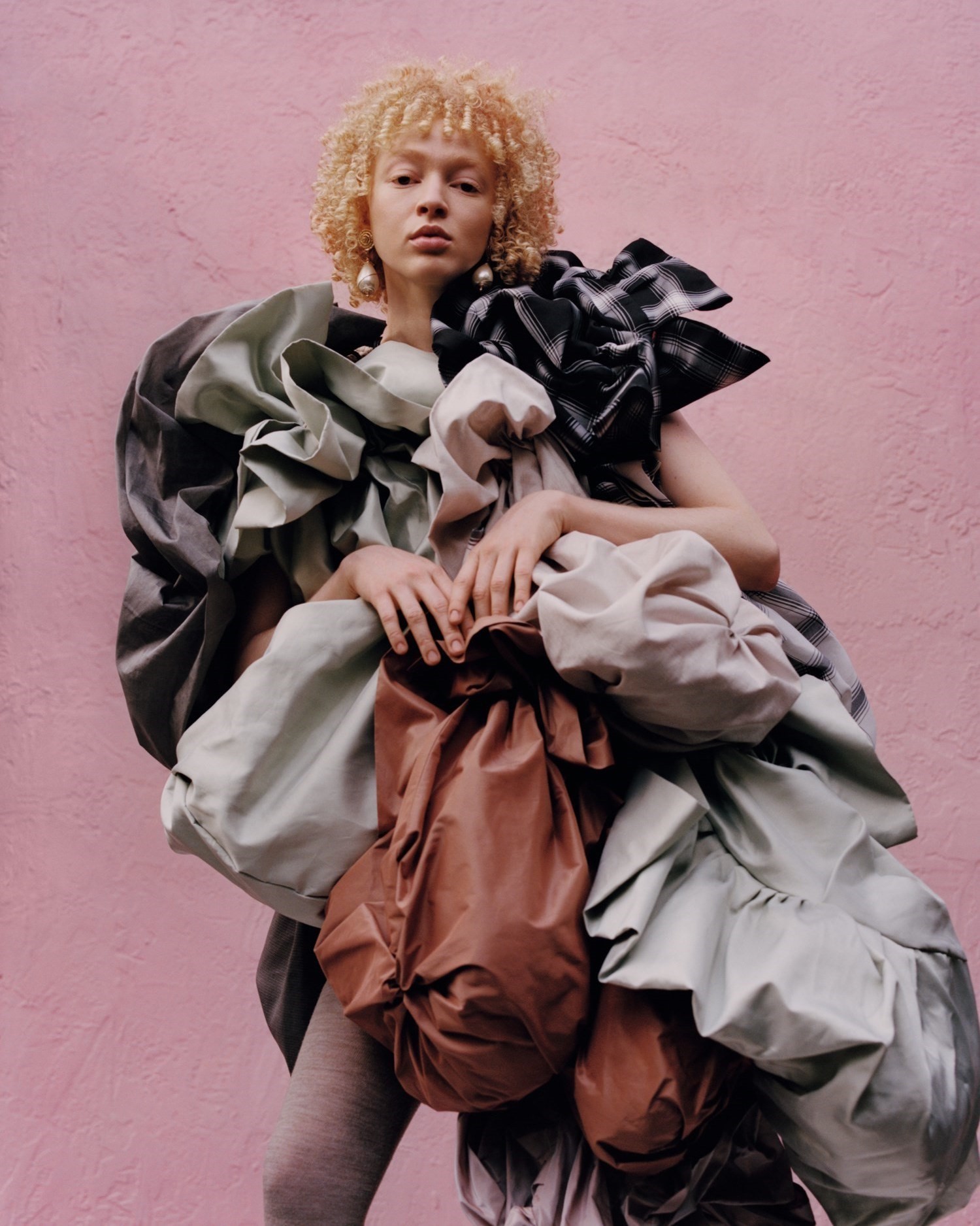
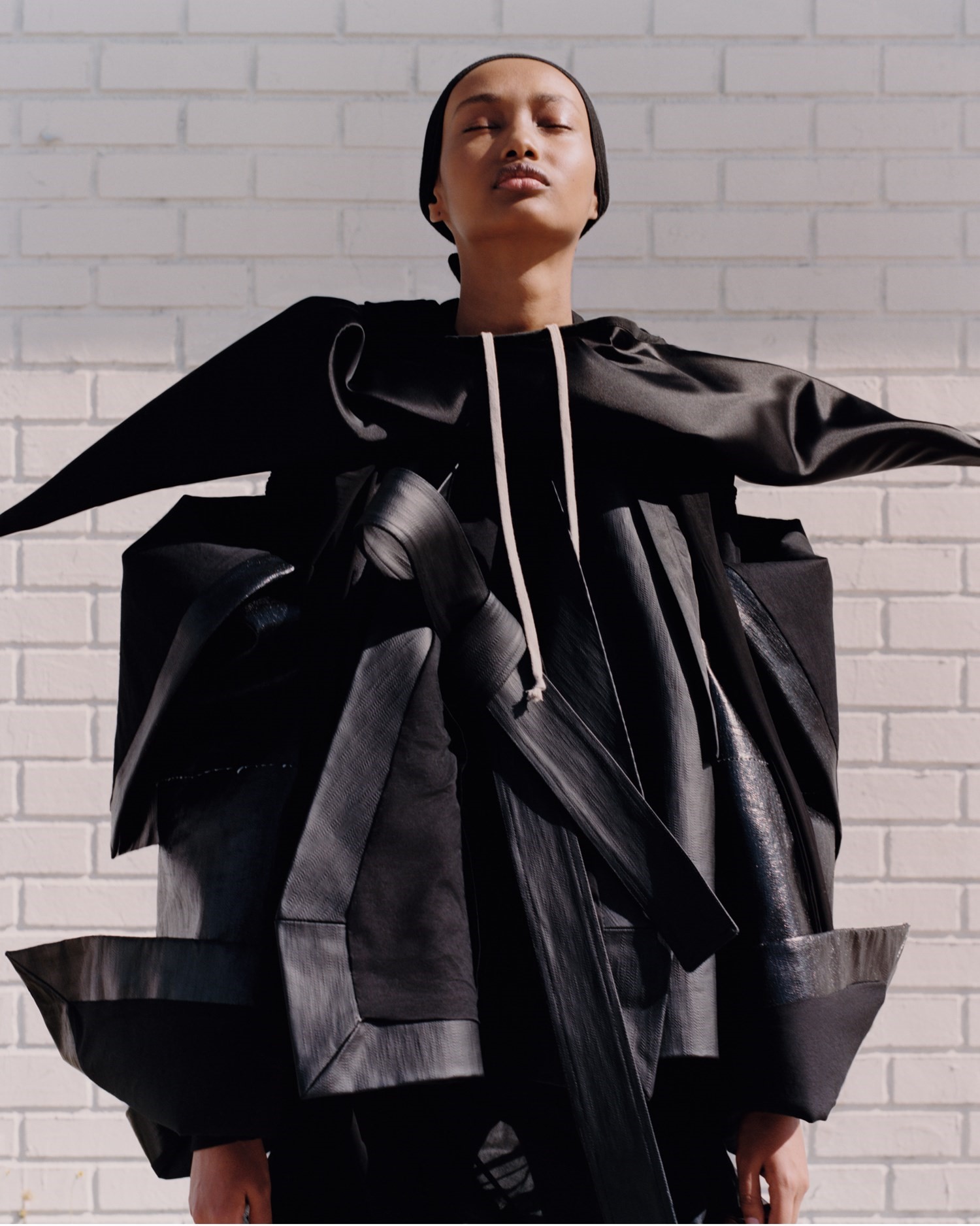
Ashleigh Kane: How’s the show preparation going?
Tyler Mitchell: Everything is ready. I think it’s going to be pretty low-key. I don’t know what to say because it’s really not a new body of work. I’m describing it as my universe made physical.
AK: I laugh when you say it’s going to be low-key.
TM: Why?
AK: Because it’s not going to be low-key. It’s your first solo exhibition.
TM: [Laughs]. It’s weird because it’s not a new body of work. But I am excited about it, for sure. Foam took a look at my work and were interested in doing an exhibition. I already had an idea that was fixated on optimism and a sense of play and freedom, rather than looking at the negative, political side that sometimes people attribute to my work. So it was really focused on a theme, with the title, the work selection, the sizing, the curation, and the videos... It’s a feeling of optimism within blackness.
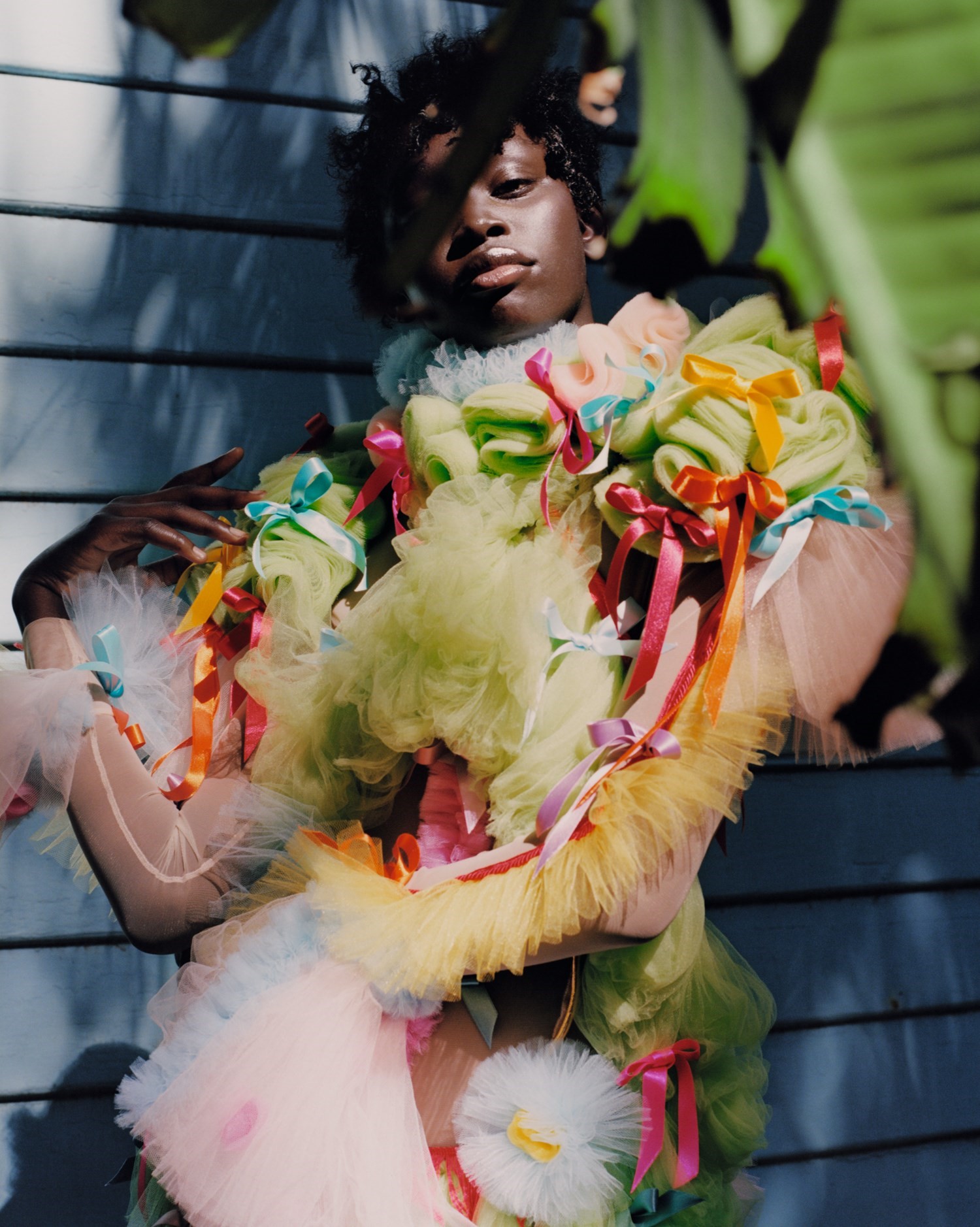

AK: A moment ago you said sometimes people associate your work with negative politics, can you explain this more?
TM: Just like, a certain politicisation on the black body, which I’m less interested in speaking about with this show. I’m more interested in showing a certain community, intimacy, optimism, sense of play, and freedom, rather than focusing on any other aspects that sometimes black artists get thrown into the throes of needing to talk about.
AK: There are a lot of faces in the show that have a personal connection to you. You have this sense of ‘bringing the subject’s humanity to the forefront’. Are these deeper, 4D layers conscious?
TM: There’s a backstory to each picture – it can’t really be any other way. I’m aware of a certain humanity and sensitivity and companionship when I’m making images. And I’m very open and collaborative, I like for my subjects to help me in making the portrait of them.
AK: I think a lot of photographers struggle to go beneath a surface level.
TM: I guess that’s what it dabbles with. Because there’s a level of ‘surface level’ – a level of ‘commercial legibility’ that my pictures have. You look at them and they’re very legible. They’re not overtly experimental, or artsy, or cut up and collaged, and hard to read. They deal in certain aspects of commercial photography. But my connection and my interest in the people in them go a little bit beyond what might be a commercial photograph.
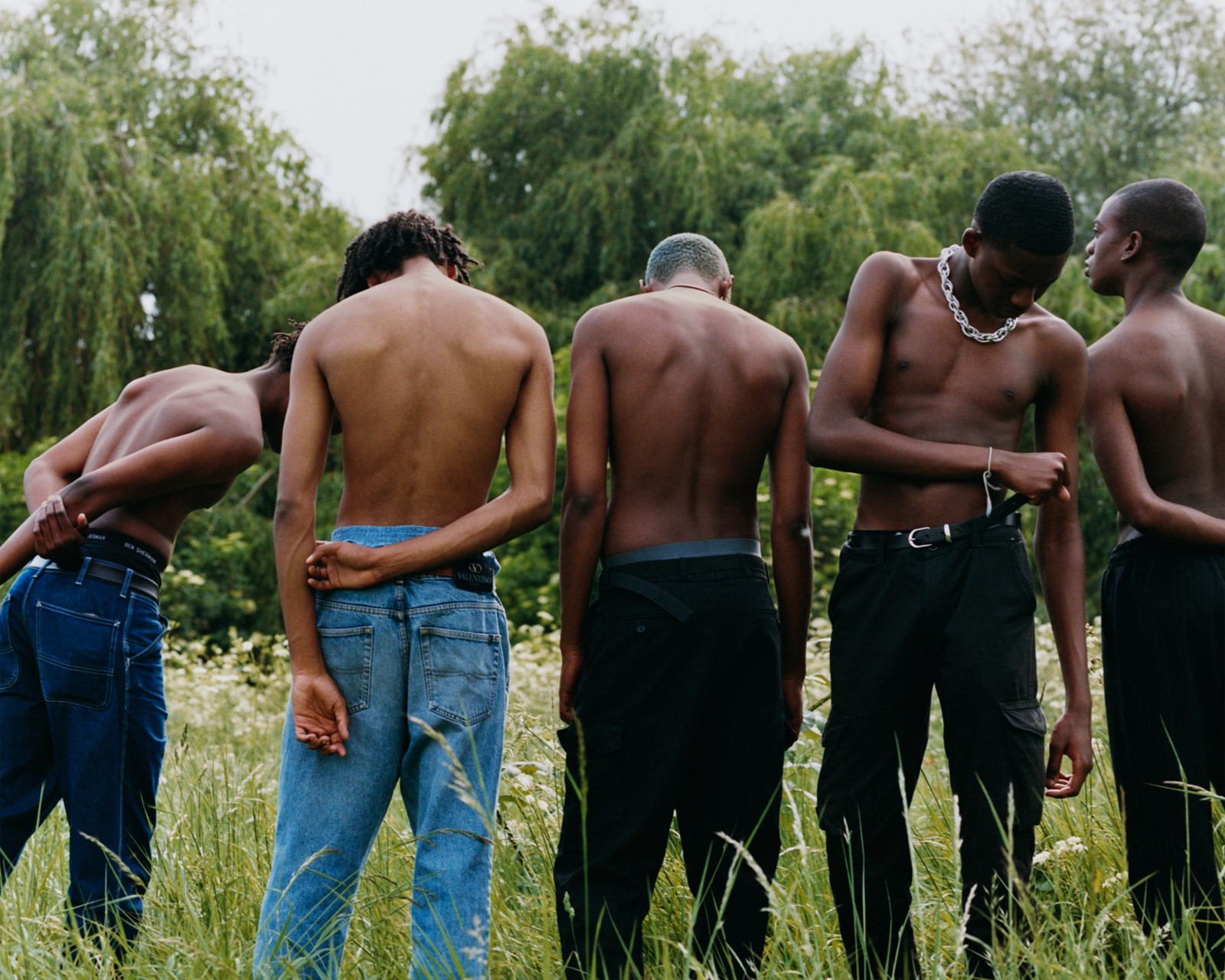
AK: There’s a duplicity to a lot of your images, mainly your personal work. We’ve often spoken about these symbols lurking in the frame, like the yellow water gun in Pink Polo, a series made at a time during the 2016 shootings of Philando Castile and Alton Sterling. Is double meaning how you channel the politics that are close to you?
TM: Yeah. Always with a certain double meaning. Again, with a certain legibility and beauty because I think that that can be a good hook for things. And then we can delve into things that I’m interested in and want to talk about. Chasing Pink, Found Red is a piece where things are very direct in terms of the audio. There’s a very direct opposition in terms of what you’re seeing and what you’re hearing. And that’s maybe the most overt work in the show, but maybe also the most overt work I’ve made. A lot of other times, the water gun in the picture you’re talking about, it’s kinda subtle, it’s not a harsh, threatening image. If you didn’t really think about it, you could think about it as a playful image of a boy with a water gun. He looks quite young and he’s in this white flowy shirt and there’s this sense of movement and he’s just got the yellow water gun.
AK: I know that Deb [Deborah Willis, the photographer, curator and professor] is speaking with you at Foam. She taught you at NYU Tisch and she is such a huge influence on you. Why is that?
TM: I was a film student and I was sneaking onto the photo floor to scan film, like against the rules, and she just kind of found me and said ‘why don’t you just take a class with me’. She had a graduate class called ‘Black Body and the Lens’. She was always so insistent and confident that her life’s work was to preserve, to document, and to extend the archive of black imagery. I feel that after taking that class, and after making some of the images I’ve been making, I also feel that that’s my life’s work, to add to that archive, to contribute to that lineage, and to extend that universal of the depiction of black subjects and images.
AK: I want to talk about the films in the show, because no one has seen these yet. For Chasing Pink, Found Red, you crowdsourced audio from people on your social platforms. What was the question that you asked them to react to?
TM: The prompt was: send me a voice memo describing a memory or a time when you felt racially stifled, or reminded of who you were, or put in your place. I wanted things that were daily moments. I didn’t want extravagant stories of black trauma. I wanted things where people were subtly reminded of ‘I don’t know if I feel I can exist in this way’. These microtraumas are things that come and go that I wanted to draw attention to, and then juxtapose them against images of black leisure.
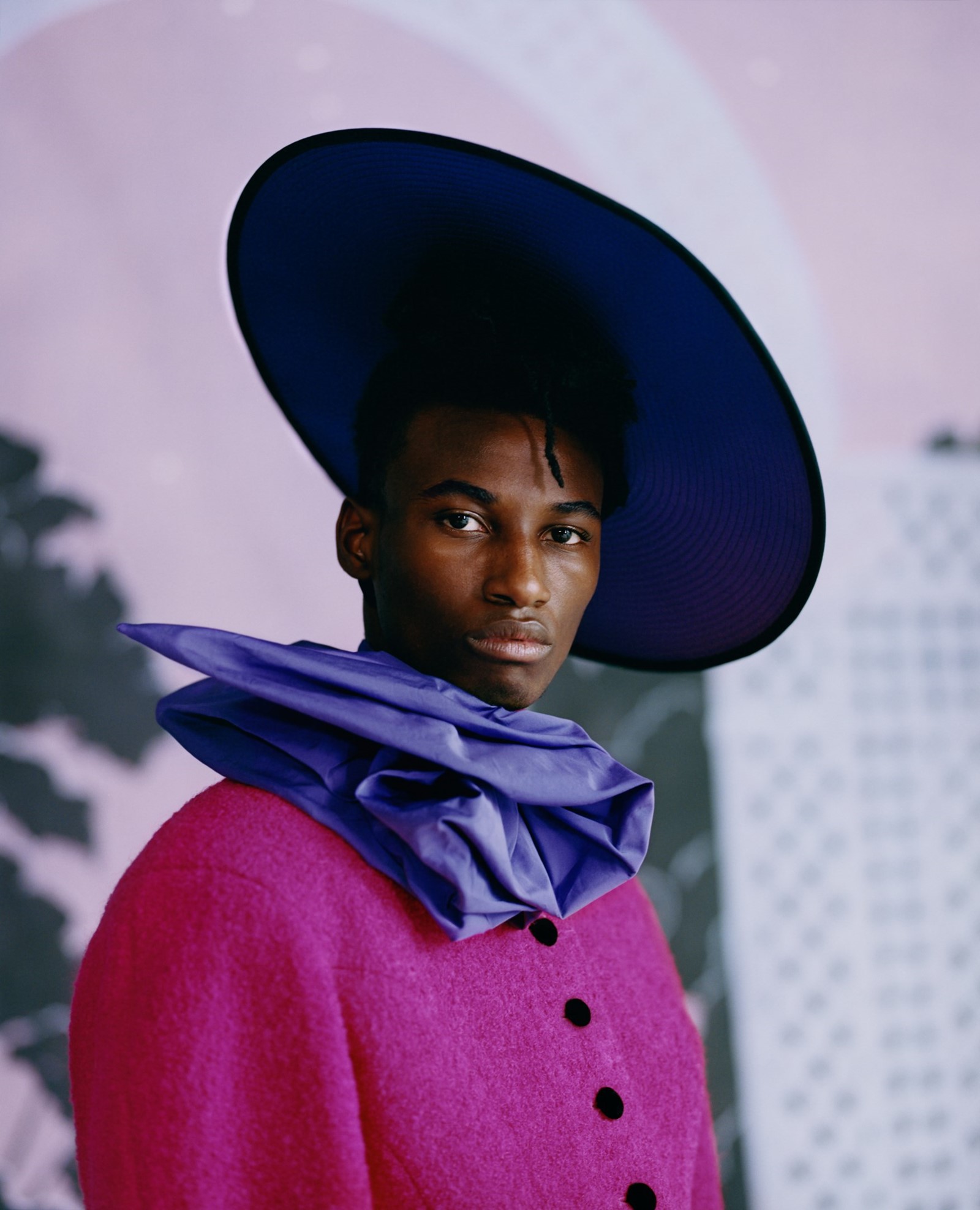

AK: You have referenced the shooting of Tamir Rice in 2014 in regards to Idyllic Space. Was that the jump off point for this film?
TM: That was the catalyst for sure. A lot of people will look at that video and they’ll see a really pretty video of young black men, floating through the suburbs, which on one level it is – again, there’s that legibility. But, on another level, the Tamir Rice [killing] is a publicly available film, anyone can go on the internet and watch it. A kid doing a lot of the same things that kids in my films are doing, and yet he gets killed for it at the age of 12 in his neighbourhood park. So, I cite that as an example as to why that film is important to create and add to the archive, to use Deborah Willis’ words.
AK: Idyllic Space was shot in Atlanta, where you were born and raised. Are you thinking more of Atlanta as a site for reference and inspiration these days?
TM: For sure. As I travel more for commissions I think it’s natural that I think about home more and what it means to me. I’m travelling more now than ever before and so I consider home a lot more as a site where things may have been more pure. Or maybe there are things that I’m trying to uncover, that I remember, and that I miss – like, being black and middle class which is a leisurely, kind of free, privileged activity.
AK: You did a shoot for AnOther’s S/S19 issue with Robbie Spencer. Can you tell me about the ideas you were exploring in that?
TM: AnOther’s issue was themed ‘majesty’, and Robbie wanted to do something that was about royalty. For me, the shoot came from a very direct response to that; to undress ideas of royalty or undo certain ideas of royalty.
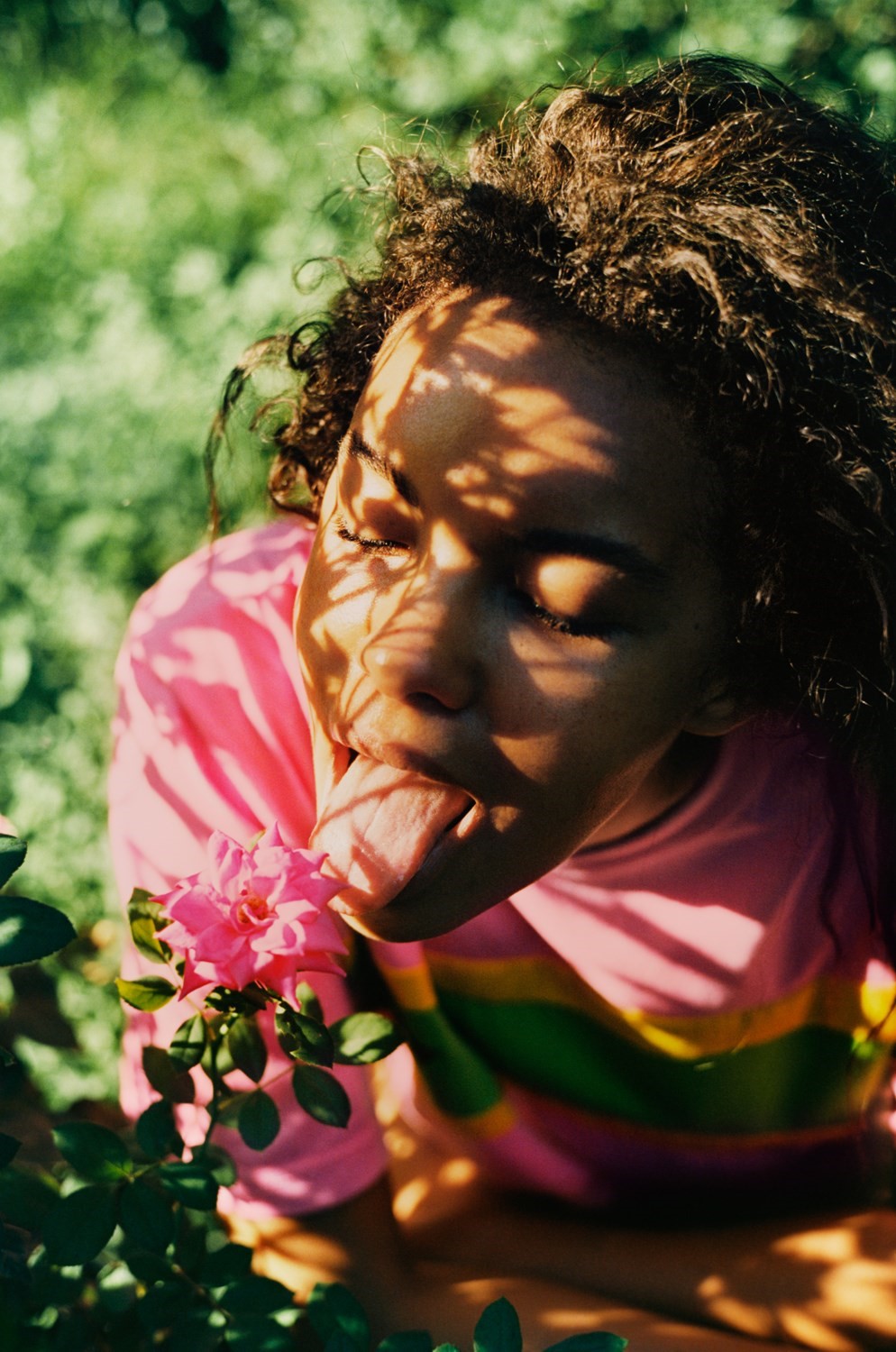
AK: Let’s talk about when you photographed Beyoncé. Were you ready for that moment?
TM: I think I was. It’s a great thing that I’m as young as I am. I think there was a certain naivety that I went into the shoot with. Obviously, I appreciated and understood what was going on in that moment. I was very aware that I was going to be the first black photographer to shoot a cover of Vogue. First, I’m very proud of what I’ve done, and second, very appreciative and very aware. But there’s also a level of naivety that’s nice going into things when you’re young, because you know Anna Wintour, you know the mythology of her, but I didn’t know too deeply who I was getting into bed with.
For a long time, we’ve had conversations where I’ve felt quite rejected, dejected, left out of fashion, in ways that had me like, maybe if it carried on for six more months, probably ready to turn away... So to be called on by what’s supposed to be the pinnacle of that, there was a level of ‘I’m going to go into this and the only way that I know how is to do it my way’. There’s no other way to do it. I think it resulted in a really beautiful and meaningful shoot.
AK: Do you think that representation in fashion, and even in art, is actually changing?
TM: I think we’re actually making headway. Ultimately people vote with their dollars. I read in a Business of Fashion article that Gen Z alone in America represent over 350 billion dollars of spending power in the fashion industry. That’s a lot of money that brands want to grab a hold of. And nine out of ten of those Gen Z’s believe that the brands they support should take a stance on issues of social justice. So even if there are brands that don’t want to shift their beliefs and political or environmental engagements, they now have to in order to stay in business. So right there shows the concrete and sometimes not so pretty fact that people’s money can sway things towards expanding the world’s ideas of who can be imaged, who can make images, and who can occupy important executive roles in global creative industries.
AK: Do you want to talk about any of your upcoming projects, or is this show enough for now?
TM: I feel like the exhibition is a catharsis; getting out, processing, and making physical all of the things that I’ve been speaking about. Not only in terms of my identity and black masculinity, but also what I’ve been trying to say about black people with all my references and lineage to other photographers and research. I’ve done all this amazing work through editorial photography and now I’m displaying it in a physical place. So I now feel like I can broaden my work onto new horizons, with the same fixation artistically and identity wise, but through different stages and mediums, like books, films, and things like that.
I Can Make You Feel Good is at Foam Fotografiemuseum Amsterdam from April 19 – June 15, 2019.
Some of these images originally appeared in the Spring/Summer 2019 issue of AnOther Magazine, which is out now.
Hair: Tina Outen at Streeters. Make-Up: Emi Kaneko at Bryant Artists Using Chanel. Models: Ugbad Abdi at Next Models NYC, Thais Borges at Wilhelmina NYC and Sabah Koj at Marilyn NYC. Casting: Noah Shelley at Streeters. Manicure: Andrea Escorcia. Photographic Assistant: Zach Forsyth. Styling Assistants: Ioana Ivan, Aryeh Lappin and Marianne Kakko. Hair Assistant: Bibb Dickey. Make-Up Assistants: Flynn Pyykkonen and Gaston Eliasgali. Printing: Labyrinth Photographic. Production: Gaby Schuetz at Select Production. Production Assistant: Erin Smith. Post-Production: Upper Studio
